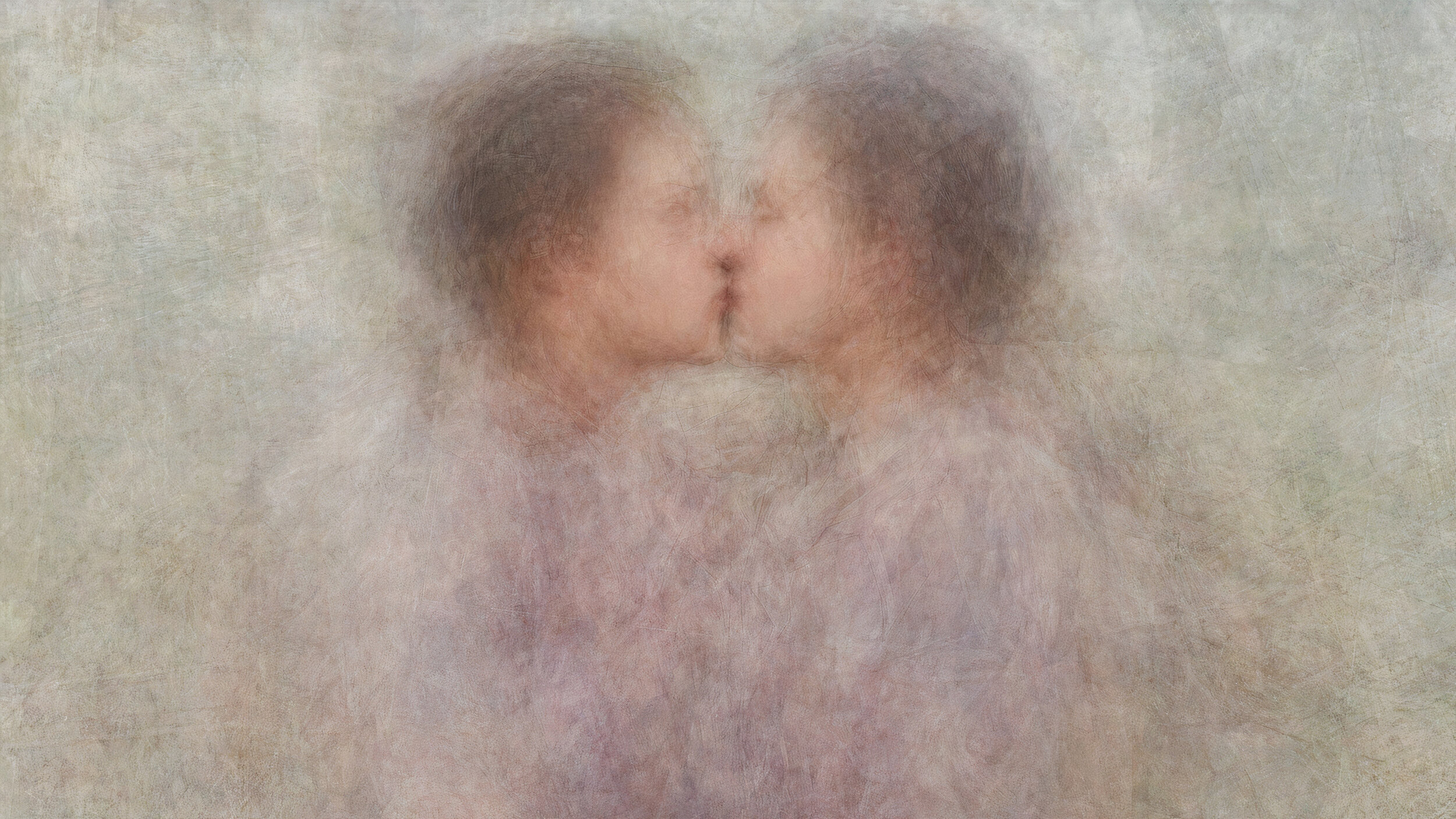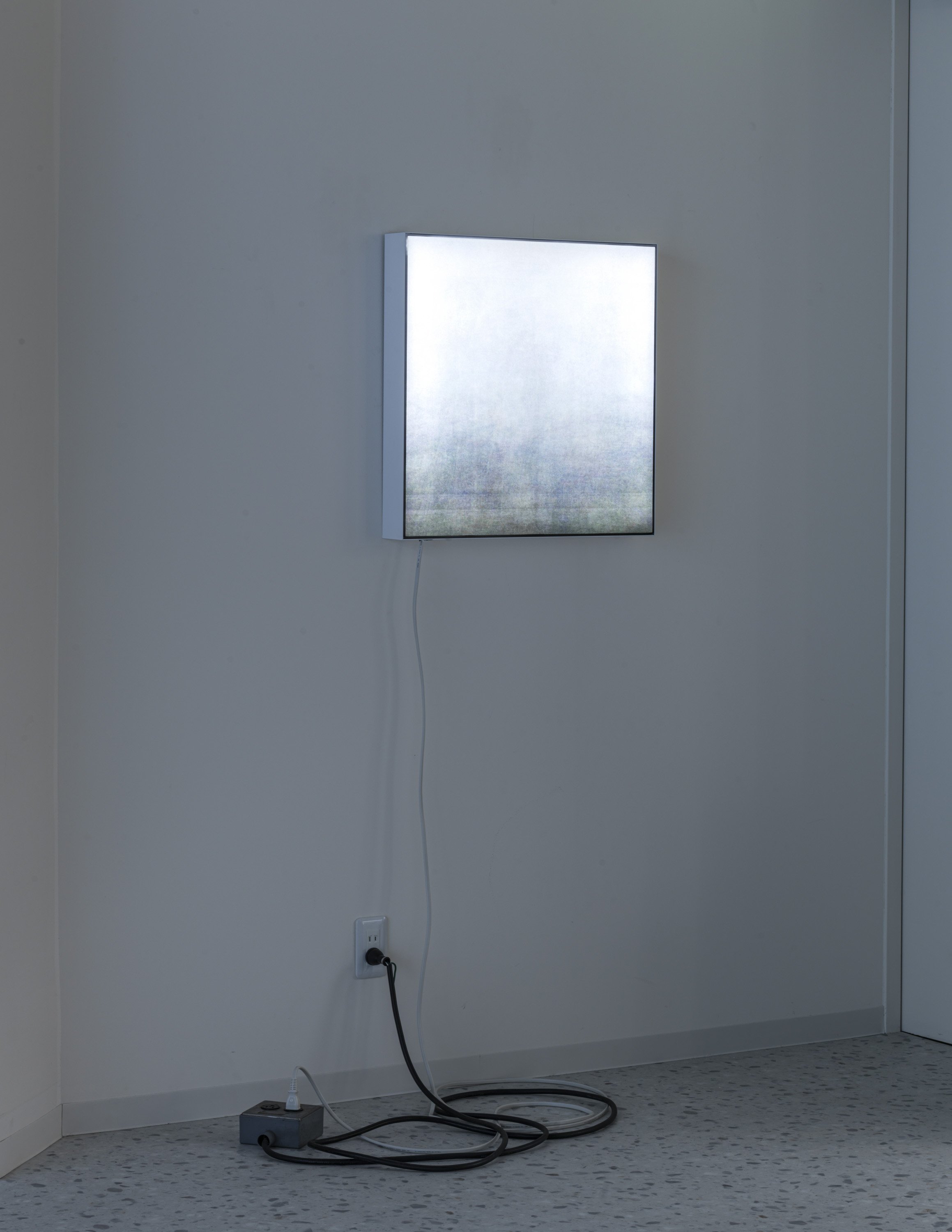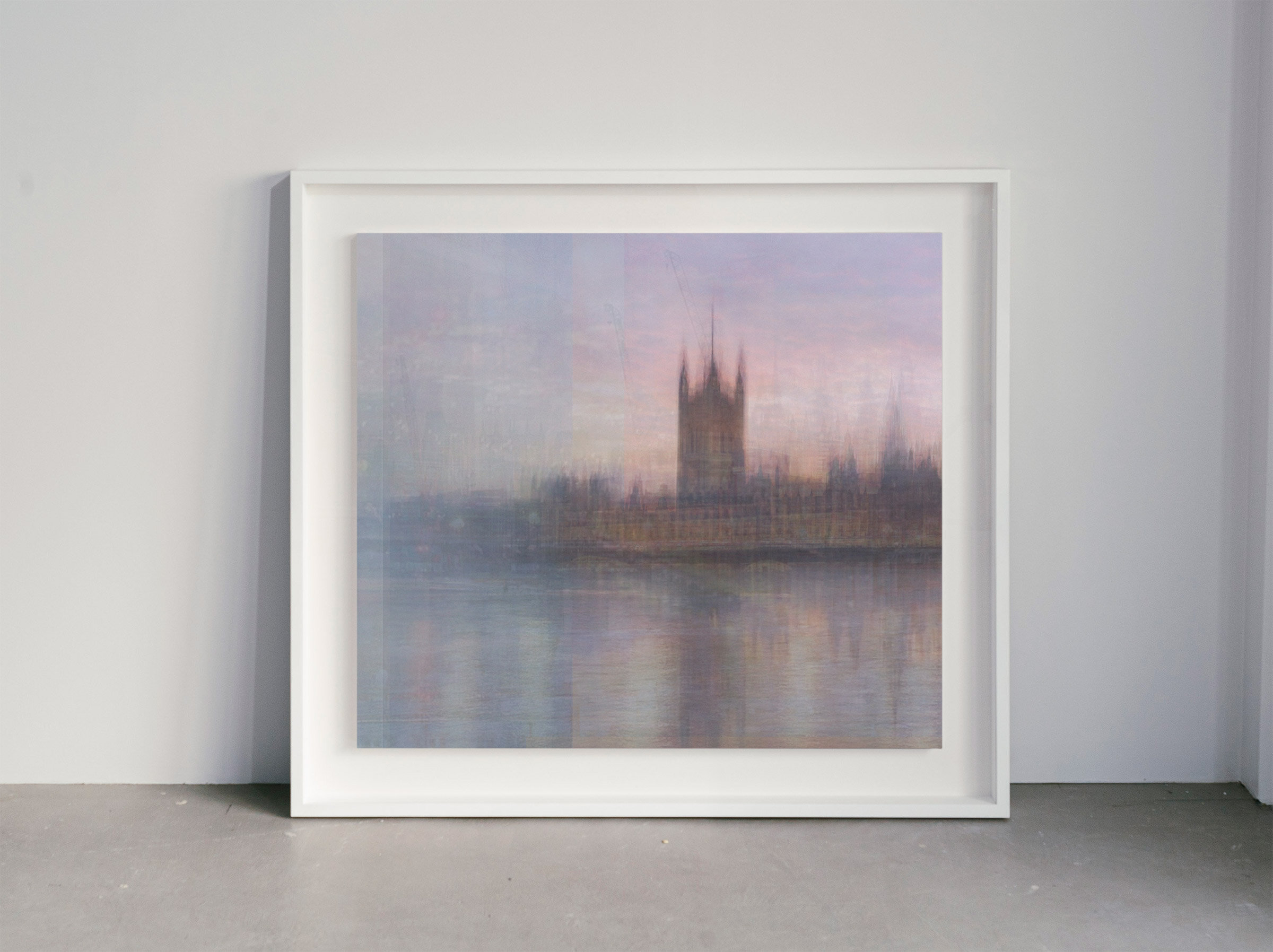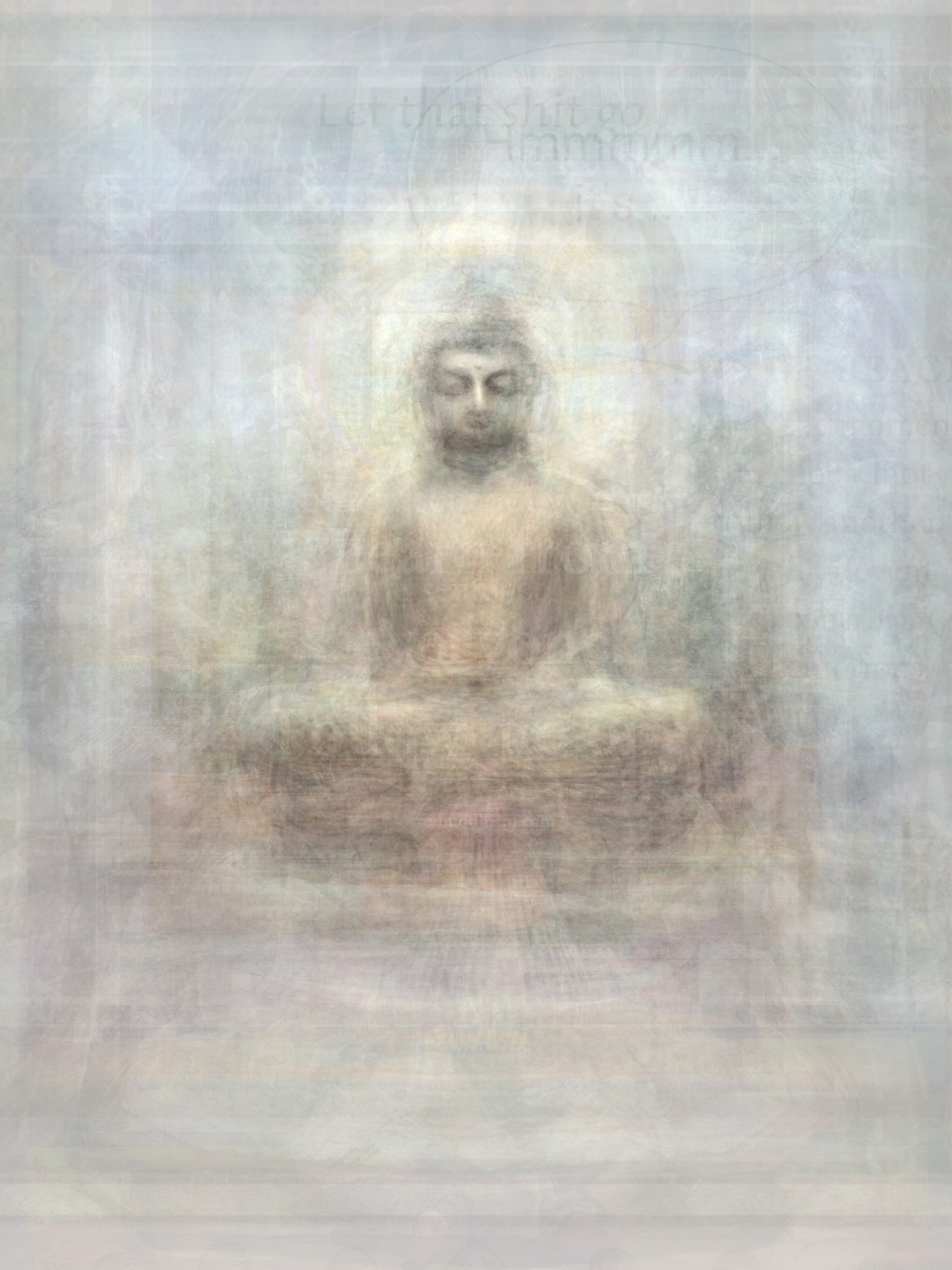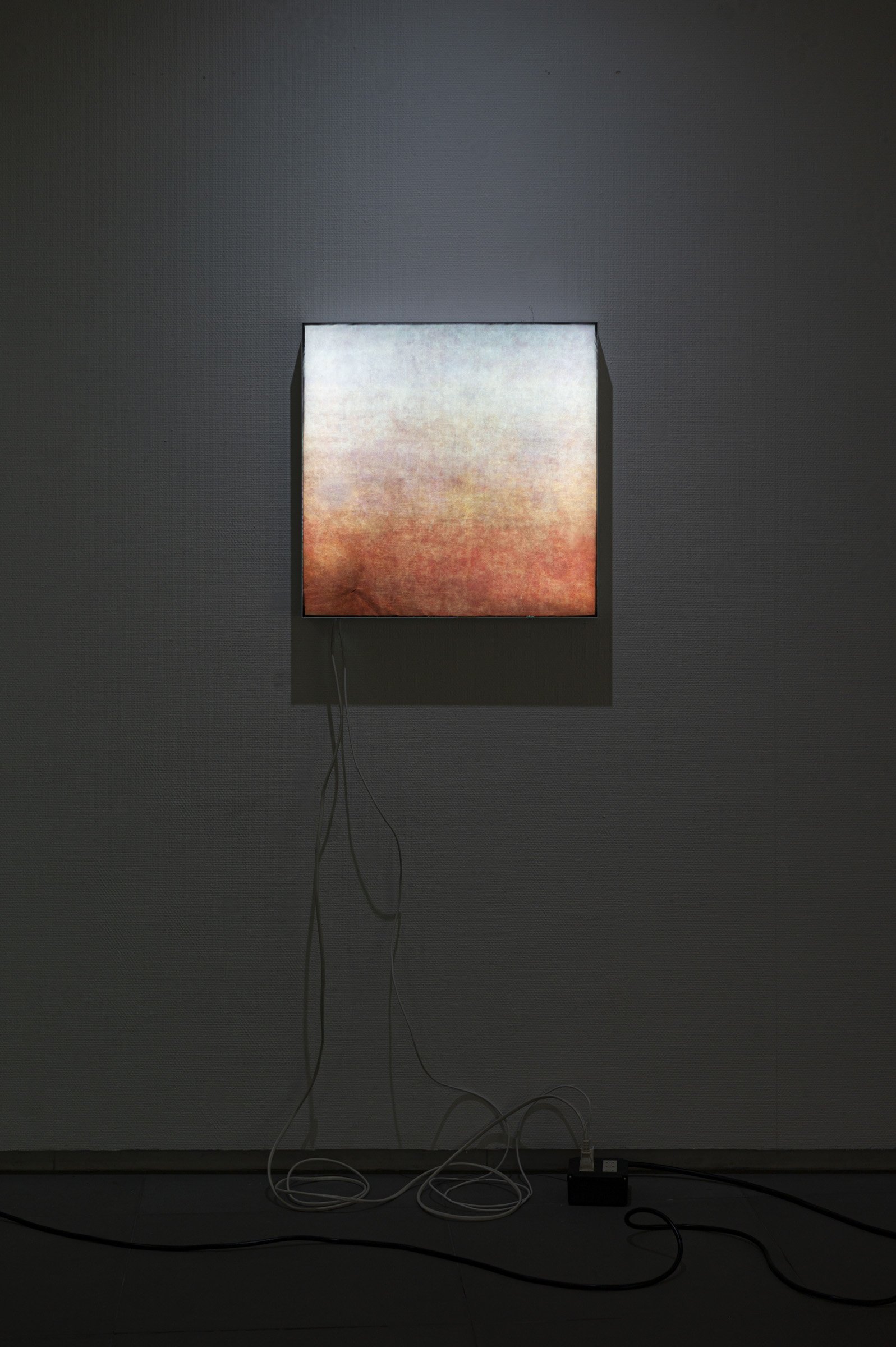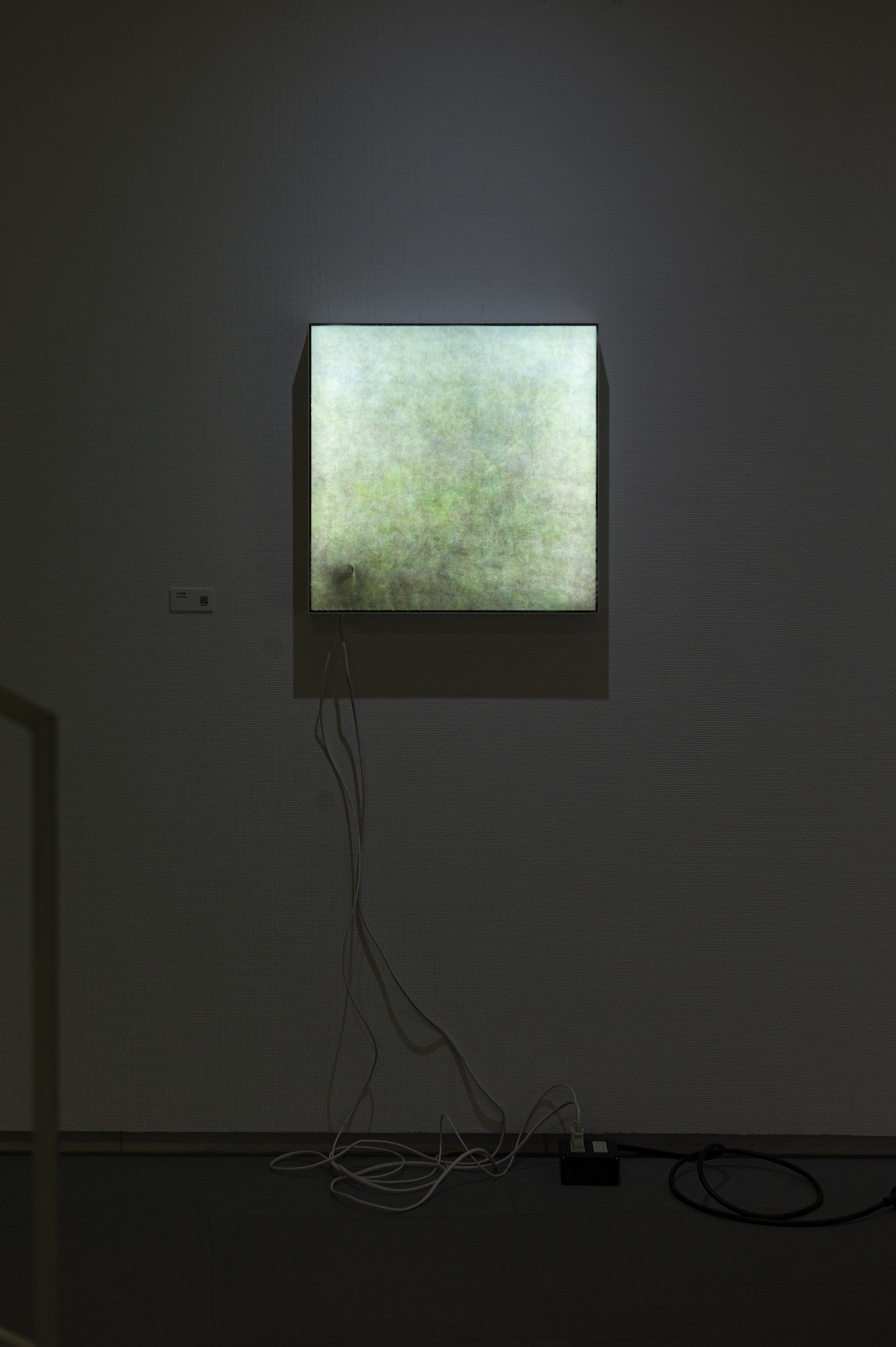It Is That It Is
2017- (ongoing)
“It Is That It Is” (2017–) is a series that explores the collective and unconscious existence that has suddenly emerged in the post-Internet era and the third wave of artificial intelligence. When one scrolls through timelines tied to specific hashtags, one occasionally encounters perplexing images. Though they may be statistically minor in relative terms, from the perspective of computational sociology, these images represent “uncultured clusters” — latent, unarticulated phenomena that begin to surface as shared visual patterns within our social landscape.
「その-それら」(2017-)はポストインターネッ ト、及び第三次人工知能時代において突如立 ち上がったわれわれの共有する集合的、且つ 無意識的な実存を模索するシリーズである。 特定のハッシュタグに紐付いたタイムラインを 眺めると、時折不可解なイメージが投稿されて いることに気づく。相対的に見れば微数でも、 計算社会学の視点に立てば、それらは言語化 されずに潜んだ「未文化クラスタ」として人々 の景色に重ね浮かび上がってくる。
Formative and Experimental Stage of the Method
2017-2018
The emergence of social media not only democratized the privilege of “seeing the distant,” once monopolized by mass media, but also made it easier to peer into the lives of individual users living behind unfamiliar worlds. The widespread use of “correlations between language and image,” as exemplified by hashtags on Instagram, has led to vast amounts of images being organized under specific linguistic labels. Just as the Platonic idea can be interpreted as a structural relationship between “id = it” and “ea = those,” the structure formed between hashtags and the images associated with them allows us to glimpse a new form of communal idea—namely, a collective ontology.
When we use artificial intelligence to analyze the massive number of images attached to a given hashtag, we find images that rarely appear in our daily lives. These are not images that were likely created as part of a coordinated group effort (since such coordinated efforts usually leave linguistic traces in the form of hashtags like #artbasel2020). For example, images found under #urinal often show men posing for selfies in front of urinals, and those under #laundry may depict women taking selfies in or on laundromats—sometimes even in their underwear. These are images one would hardly encounter in ordinary life—perhaps one in a hundred posts. Yet, with ten thousand posts, that’s one hundred; with a million, ten thousand. As the volume grows, what was once obscure begins to emerge with clarity. Through statistical processing, these phenomena are rendered “real” and recognized as existing.
手法確立・実験期
2017-2018
ソーシャルメディアの出現はマスメディアに代表された「遠くを視る」特権を民主化することによって見知らぬ世界の裏に住むいちユーザの生活を除くことが容易くなっただけではない。インスタグラムのハッシュタグに代表される「言語とイメージの相関関係」が普及し膨大なイメージがそれぞれの言語の下に集まる。イデアが "id = it" と "ea = those" との構造体であるように、ハッシュタグとそれに紐付いたイメージとの構造をとることによって、われわれは新たに共同体の持つイデア≒集合的存在論を垣間みることが可能となった。
ハッシュタグに紐付いた膨大な量のイメージを人工知能を用いて分析すると、われわれが日常生活の中で出会うことの少ない像が浮かび上がる。それは決して集団的に計画された投稿ではないであろう像である(集団が計画した投稿はハッシュタグに言語として表れる。#artbasel2020のように)。例えば #urinal に浮かぶ小便器の前でセルフィーを決め込む男性像や #laundry に浮かぶコインランドリーの前、上、或いは中でセルフィーを決め込む女性像。それも下着姿で。これら一見日常では出くわすことの無いイメージは100ある投稿のうち1あるかどうかである。しかし投稿数が1万あれば100、100万あれば1万と、大きくなるにつれて明瞭に不明瞭が立ち上がる。統計処理によって、それらは「在る」と信頼されるのだ。
Far Side of the Moon
1. Selecting Hashtag
Firstly, Tateisi selects a hashtag, which is capable to express subject, by decomposing context that subject has into object, movement, emotion and or space. This job is a progress that artificial intelligence has difficulty to reproduce, and that the artist assumes there is an important hint of what human creativity is.
2. Collecting Image
Hashtag is literary hashed in a motif for instance #moon, #moonrocks, #moonlight, #moontattoo or #moony. Although we can find much precise hashtag that contains 10 thousand images to scrape, major hashtags let the artist to download easily more than 10 million images. This job takes a half day to sometimes 3 days. Even social media down size each images into around 100KB, the total download data will be more than 50GB.
3. Image Analysis Using AI
Nevertheless with the hashtag, the visuals differ to each other. However, by pooling a large number of images, the system on the cloud will be capable to find out 10 to 20 categories that contains common compositions and objects.
4. Merging As An Image
Tateisi chooses a particular category to output an image by layering, averaging or arranging. Within the layering, will of timeline will be reflected to the outcome and outliers will affect the visual in averaging.
月の裏
1. ハッシュタグの選定
まず立石は、主題を表現するに適したハッシュタグを選定する。主題の持つ文脈を一度分解し、枝分かれした物や動作、感情、空間などから言語を抽出する。これは人工知能による再現が困難な過程であり、作者はこの過程に第一の創造性が宿ると考える。
2. イメージの蒐集
ハッシュタグはその名の毎く、親しいモチーフにおいても細切れに存在している。より限定的なハッシュタグであれば1万枚程をダウンロードするにとどまるが、対象が一般的なものの場合、その数はゆうに1千万枚を超える。これを半日から長ければ三日間かけて集める。ソーシャルメディアに投稿されたイメージはその規格に沿って一枚約100KBまで縮小されるが、蒐集したデータ量は少なくとも50GBを超える。
3. 人工知能を用いた画像分析
同じハッシュタグが付与されたイメージでも、そのヴィジュアルはそれぞれ異なる。しかし、大量のイメージを蓄えることで、構図やオブジェクトなどの構成が共通するカテゴリーが見えてくる。これをクラウド上で分析し,10から20ほどのカテゴリーを生成する。
4. 一つのイメージとして出力
分析したカテゴリーの中から特定のものを選定し、これを積層化や平均化、或いは配列化することで一つのイメージに出力する。積層化の場合にはタイムラインの意思が反映され、平均化には外れ値にあたるイメージが大きく反映される。
